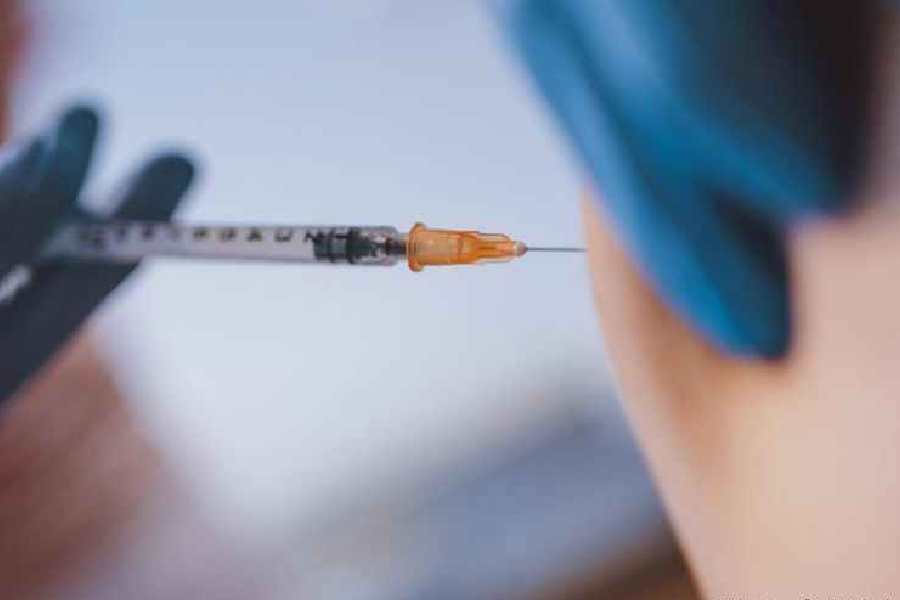India’s immunisation programme missed administering vaccines against diphtheria-pertussis-tetanus (DPT) and measles to an estimated 1.6 million children in 2023, a 45 per cent rise in such “zero-dose” children over the previous year.
The latest World Health Organisation (WHO) and Unicef estimates put India among the top 10 countries with zero-dose children, alongside Nigeria, Ethiopia, the Democratic Republic of Congo, Pakistan and Sudan, among others.
The UN agencies have also placed India among 51 countries that have not yet introduced free vaccination against the human papilloma virus (HPV). These vaccines protect against cervical cancer, the second-commonest cancer among Indian women.
WHO-Unicef had estimated 1.1 million zero-dose Indian children during 2022, and 3 million such children in 2021 -- a Covid-19 pandemic year.
“The countries with the most zero-dose children are those with large birth cohorts, weak health systems, or both,” WHO-Unicef said in a document. Population health experts estimate that around 25 million children are born in India every year.
WHO-Unicef data show that India’s 2023 figure of 1.6 million zero-dose children comes despite immunisation coverage levels ranging between 90 and 94 per cent for both the DPT and measles vaccines.
In contrast, the immunisation coverage rates in Nigeria or Ethiopia — countries with comparable estimates of zero-dose children -- range between 70 and 79 per cent.
Nigeria’s figures for zero-dose children in 2013 were an estimated 2.6 million (DPT) and 2.8 million (measles), while the corresponding numbers for Ethiopia were 917,000 and 1.6 million.
Health experts believe India’s zero-dose children are predominantly from low-income households whose caregivers are unable to travel to health facilities for vaccinations.
The estimates also highlighted the expansion of HPV vaccine coverage, with the share of adolescent girls worldwide who received at least one HPV dose rising from 20 per cent in 2022 to 27 per cent in 2023.
Bangladesh, Indonesia and Nigeria are among countries that have introduced HPV vaccines through support from GAVI, formerly the Global Alliance for Vaccines and Immunisation, a public-private partnership that provides funds for certain vaccines in developing countries.
HPV vaccines have been available in India in the private healthcare market for nearly 16 years, but they cost around Rs 2,000 per dose. A technical advisory panel had in 2017 recommended the phased introduction of HPV vaccines into the immunisation programme.
Union finance minister Nirmala Sitharman had earlier this year declared the Centre would “encourage” the vaccination of girls against cervical cancer, stirring speculation among doctors whether she was voicing a longstanding policy or hinting that the government would introduce free HPV vaccination.
Across the world, HPV vaccine coverage is well below the 90 per cent target needed to eliminate cervical cancer as a public health problem.











